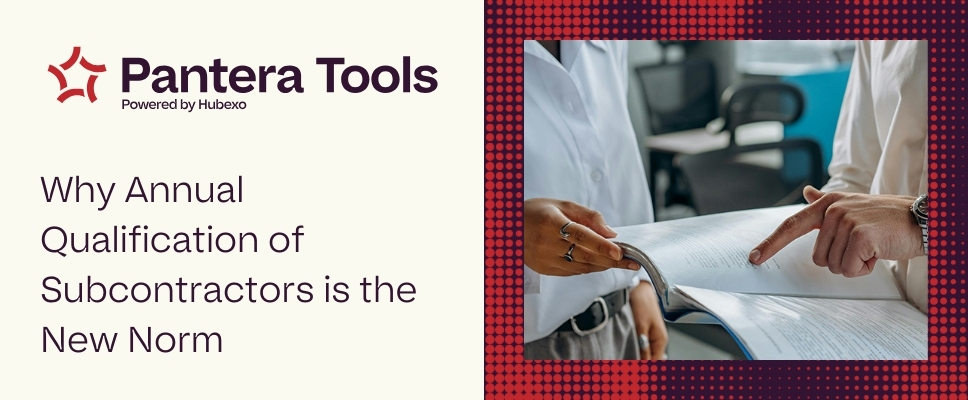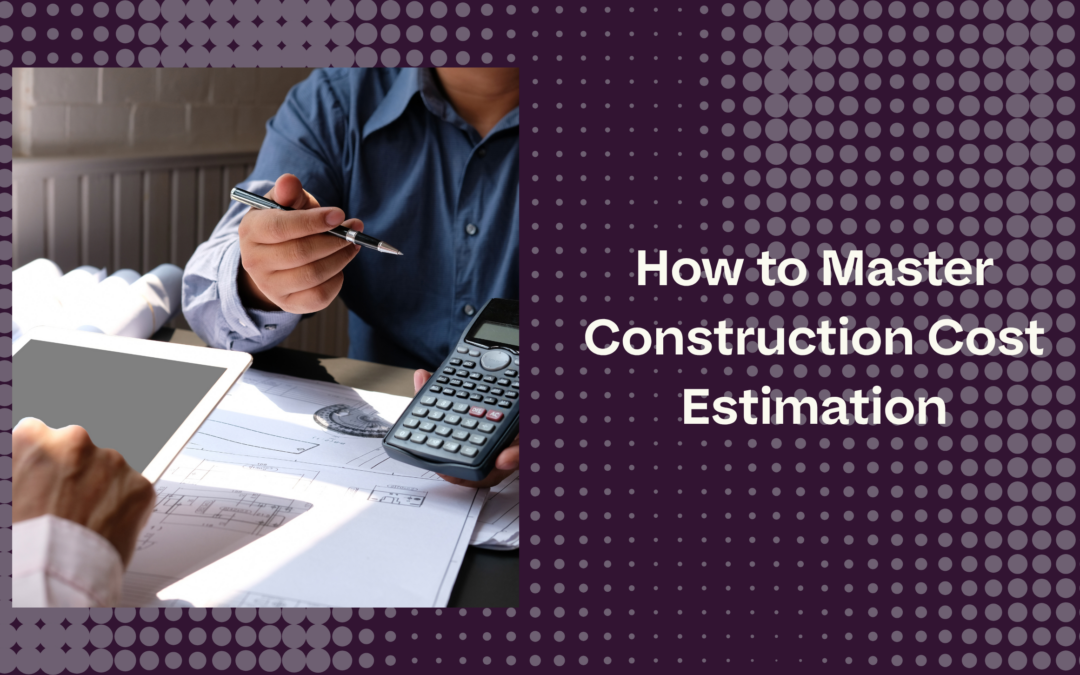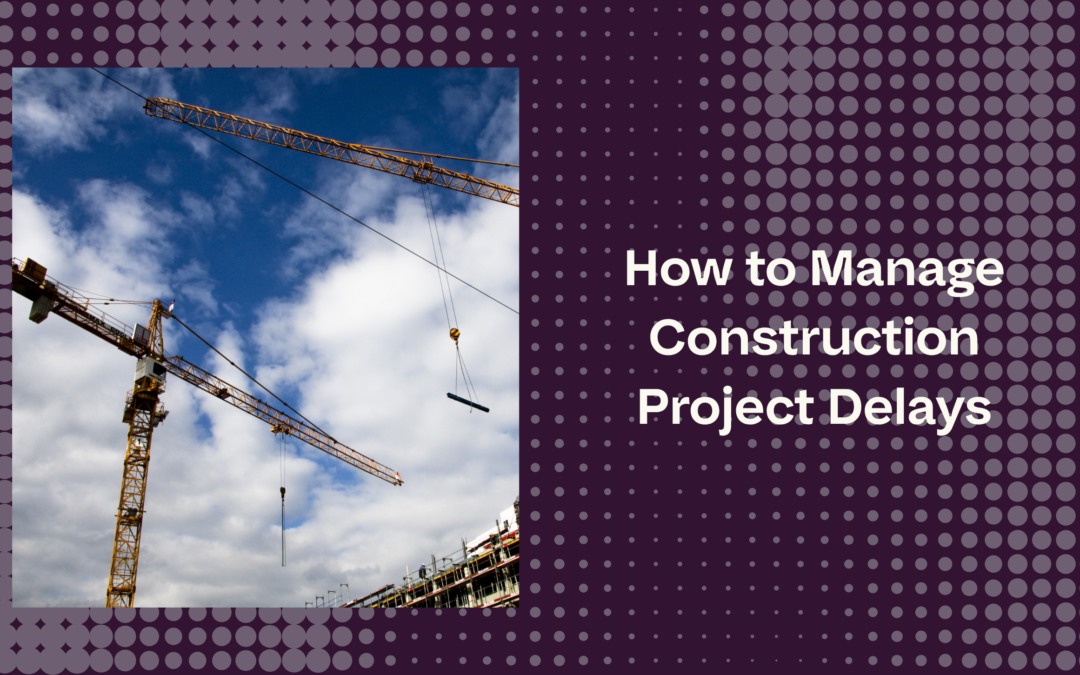Updated on 9/25/2024.
Everything Matters

Unfortunately in the world of building, accidents happen. Proper collection and verification of subcontractor documentation can help mitigate some of the risks that your firm will incur. Construction is considered one of the most dangerous occupations in the U.S., with high rates of occupational fatalities. Therefore, proper safety measures and training are essential to mitigate risks associated with hazards such as falls, electrocution, and other workplace dangers.
At Pantera, we have consistently seen the problems our clients have faced that can and do arise from sub-par subcontractor qualification. Whether it is due to inconsistent requirements between office locations or a lack of communication between those responsible staff members, the need for consistent subcontractor qualifications is going to be even more important as the amount of residential and multi-family projects increases. There is nothing like increased housing demand to bring out all the “chuck-in-a-truck” operators to come out of the woodwork and start to call themselves a flooring contractor after filing for bankruptcy to get out of paying previous financial obligations.
In our world of helping our clients collect and verify their subcontractor’s qualification documents, we consistently see different types of prequalification documentation being requested. One thing that we do not consistently see is any verification of documentation. This is a very big problem. Not only is it a big risk to not verify a supplier reference or an insurance certificate, but an even bigger problem can occur trying to enforce your contracting requirements after a contract has been given.
Related: Top 3 Causes of Construction Project Rework and How to Avoid Them.
Another problem is comparing our clients’ subcontractors’ insurance coverage types and amount actually received to those being required by subcontract. These non-compliant items range from the additional insured not being proven, to flat our not having specifically required dollar amount of coverage. These findings of non-compliant items were not from a change to our client’s insurance requirements, nor noted on subcontractors they had just started working with. These examples were from clients who had been in business for many years, and more often than not, working consistently with the same subcontractors. Now imagine what is then discovered when you go deeper.
If builders haven’t made the decision to protect themselves and put all their subcontractors on an even playing field, the “this is the way it has always been done” mentality will no doubt lead to more problems during the residential recovery. Much like you, with more work becoming available, your subcontractors will want to have more work now to make up for work they didn’t have in years past. Unlike you, your subcontractors may not be able to handle the volume. It is imperative that you begin each year anew, and qualify your subcontractors on an annual basis. Here are some items we recommend to include in your prequalification process and why they can be helpful.
Related: How to Send an Effective Invitation to Bid.
The Importance of Subcontractor Qualification in the Construction Industry

Ensuring that subcontractors are properly qualified is crucial in the construction industry. This process not only ensures compliance with industry regulations but also reduces risks and liabilities for the entire project. Plus, it enhances the reputation of the construction company by demonstrating a commitment to quality and safety.
Ensures Compliance with Industry Regulations
Subcontractor qualification is essential to ensure compliance with industry regulations and standards. In the construction industry, there are various regulations and standards that govern the qualification of subcontractors. For instance, the Occupational Safety and Health Administration (OSHA) requires that subcontractors have the necessary qualifications and training to perform their jobs safely. Similarly, the Construction Industry Safety Initiative (CISI) mandates that subcontractors have a proven track record of safety performance. By ensuring that subcontractors are properly qualified, construction companies can avoid costly fines and penalties associated with non-compliance.
Reduces Risks and Liabilities for the Entire Project
Subcontractor qualification also reduces risks and liabilities for the entire project. When subcontractors are properly qualified, they are less likely to make mistakes that can lead to accidents, injuries, or property damage. This, in turn, reduces the risk of costly lawsuits and damage to the construction company’s reputation. In addition, qualified subcontractors are more likely to complete their work on time and within budget, which reduces the risk of project delays and cost overruns.
Enhances the Reputation of the Construction Company
Finally, subcontractor qualification enhances the reputation of the construction company. By demonstrating a commitment to quality and safety, construction companies can build trust with their clients and stakeholders. This, in turn, can lead to increased business opportunities and a competitive advantage in the market. A reputation for quality and safety can also attract top talent and reduce employee turnover, which can lead to cost savings and improved productivity.
Verify Contractor Supplier Payments

A sure sign that your subcontractor is starting to have financial troubles is by the feedback you will receive by monitoring their payments to their suppliers. As part of your project pre-qualifications, have your subcontractor provide to you the list of suppliers they will be using for your projects, and let them know you will be periodically calling them to verify this information. A supplier wants to get paid, and a good subcontractor will have no problem giving you this information. Verifying supplier payments is part of the broader services provided by subcontractors to ensure successful project completion.
Verify Their Business Entity
By verifying your subcontractors, especially small businesses, are in good standing with their states of registration, they need to validate a couple bits of information for you. First, you will need to know your subcontractor is staying on top of reporting any franchise taxes that are due. Second, you will need to know that the subcontractor you thought was a corporation is actually a sole proprietor, and the data listed on their certificate of insurance or their W9 was incorrect. It is imperative for you to know the legal business name for more than tax reporting, but for insurance and risk mitigation purposes as well.
Related: The Four Major Elements of Highly Successful Contractors.
Collect their OSHA Compliant Safety Program. Any time a claim occurs, it costs money. Deductible payments, attorney fees (not to mention increased insurance premiums) are costly when incidents happen. Making it a requirement to receive each year a copy of your subcontractors OSHA Compliant Safety Program will establish a couple of things. First, it will show your insurance provider that you are doing due diligence with the firms you hire to help mitigate out your own risk by contracting only to responsible parties. Second, it will prove to you just how many of your subcontractors are truly on the ball.
Unfortunately, most business are unaware of the types of business reports which are available through credit reporting agencies. By running checks on the bankruptcy, tax lien, judgments and UCC liens history of your subcontractors, you can have better insight to their business than you might think. It is better to be aware of your contractors’ histories and ask them questions about the findings, than to not know the data and have your subcontractors walk off your jobs and have their suppliers knocking on your door.
Related: Buyer Beware: When Project Management Software isn’t Project Management Software.
Re-Verification of Insurance Coverage Amounts and Types

Step One: Gather insurance certificates, endorsements and exclusions.
Step Two: Review these documents with internal contract requirements, track policy expirations, and requirements, track policy expirations, and request changes if necessary from all subcontractors.
Step three: Verify these items with the producing agency to be valid when you receive the documents from your subcontractors. Re-verify throughout the year with the producing agent that no changes, alterations or cancellations have occurred.
Contrary to popular belief, you’re not always notified of a material change to your subcontractors’ coverage. Depending on insurance laws per state requirements, only certain listed additional insured’s will be notified. It’s extremely important to take the matter in your own hands and make sure to verify these documents with your subcontractors’ insurance certificates that have been manipulated by the subcontractor to fake coverage types all by making the verification calls. We have never come across a client who forgot to communicate to their subcontractors their insurance requirements. We have found time and time again subcontractors who seem surprised that it is being enforced and who do not want to have to purchase the right types and amounts of insurance. This is a huge red flag.
Related: 5 Essentials for Marketing Your Construction Company Online.
Out with the Old, in With the New

No matter how long your company has worked with your contractors, it’s imperative to put aside the past ways of selection and approval. We have all heard the story of “We’ve been working with them for years. Then they just disappeared.” By implementing an “even playing field” business practice when qualifying your subcontractors, you’ll also be doing them a favor. The other side of this coin is the ability for those subcontractors who are responsible to get more work from you, and not lose contracts to the firms they know are shady. In the end, everyone benefits.
The life cycle of subcontractor relationships requires continuous improvement and adaptation to ensure long-term success and reliability. Make it happen.
All of this sounds great in practice, and we encourage every residential builder to put the resource into this process. Of course, in these times of growth, vendors such as Pantera can help by collecting and monitoring this information to ensure that things do not fall between the cracks.
Click here to get a free trial and see how Pantera can help you.





